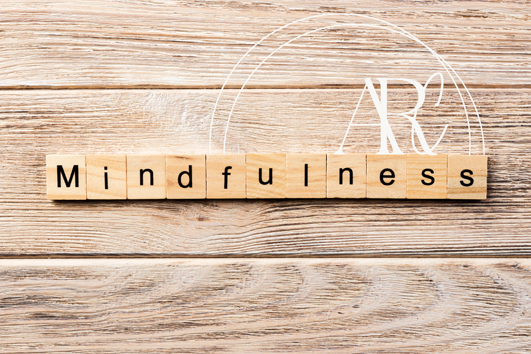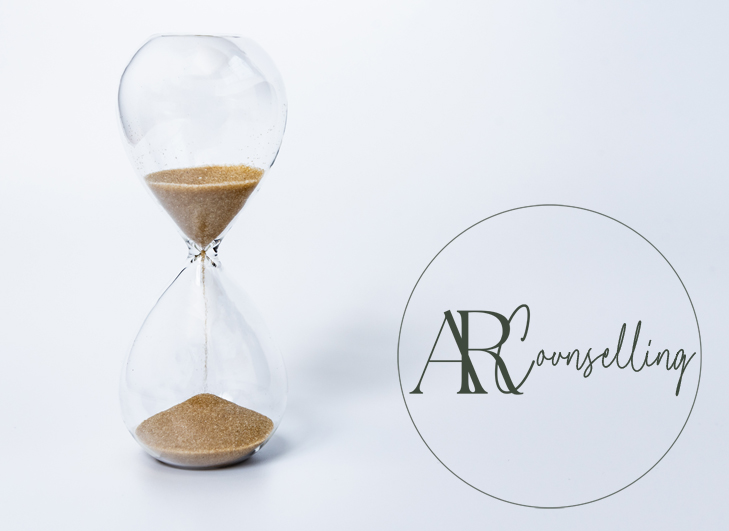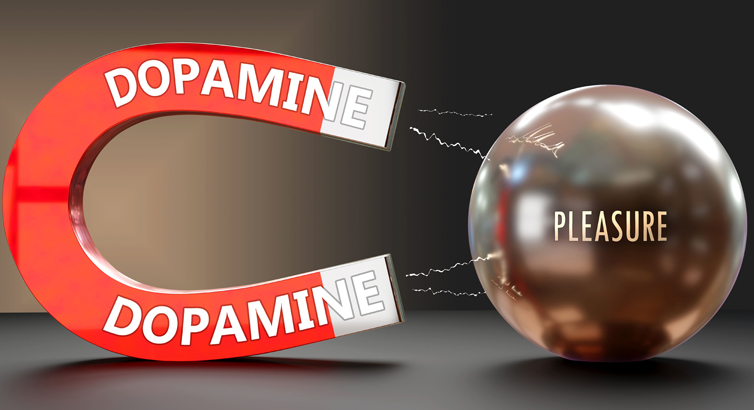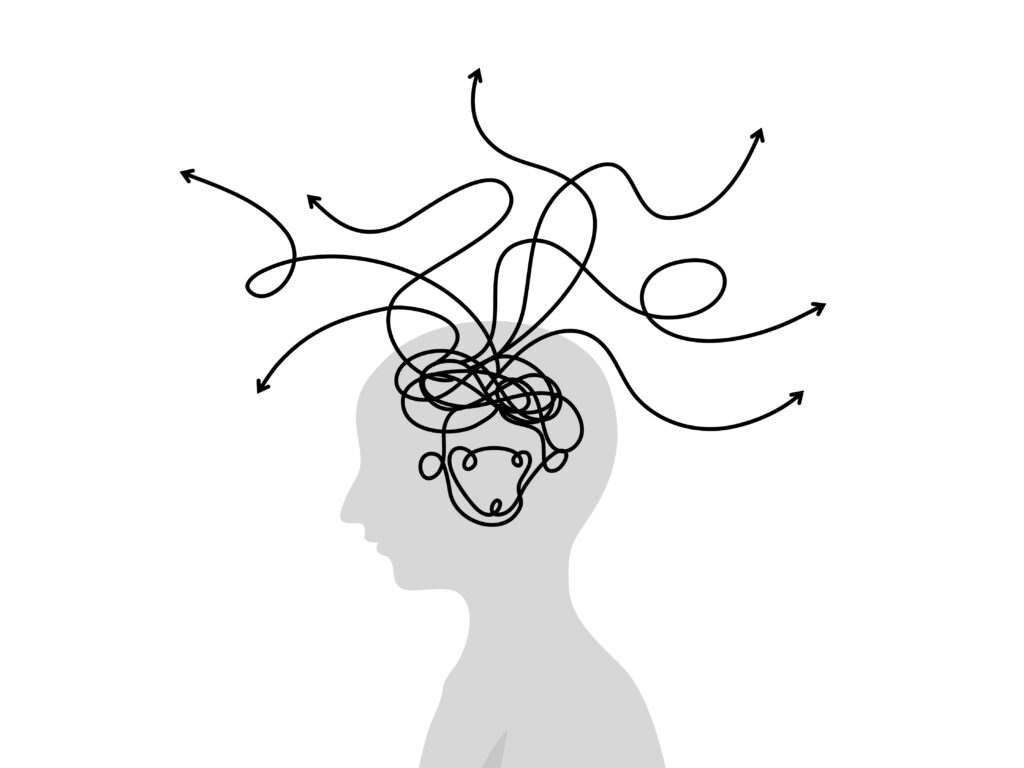
curbing adh impulsitivy

Practice mindfulness and self-awareness.
Learning how to practice mindfulness can be hugely beneficial and a tremendously powerful support strategy for you and your mind. It takes time to find a mindfulness technique that resonates with you and works for you, but once you do, practice takes time.
Mindfulness isn’t about meditating and being all spiritual. It’s about increasing your concentration and nurturing the connection between your brain, body, thoughts, and emotions. It can also decrease impulsivity and exert a positive influence on all areas of your life.
Try some of these things:
Grounding techniques (click here for ARCs grounding techniques)
Breathing exercises
Quiet time
Social media breaks
Phone breaks
Yoga
Journaling using a voice recorder or writing things down.
There is no right or wrong to this, see what works for you and be curious about it. Trying to focus and reflect on your own thoughts and behaviours in a peaceful, positive way can be helpful. Practising being in the present moment can relax your mind, and body.
Routines can be helpful
As a child at school and home we are often provided with routines and some structure to our day. Think about meal times, school times and bedtime routines.
As an adult we can please ourselves, and this can be great. Particularly when you’re free from the binds of grown up’s telling you what to do when and where to be next and what the expectations are for meal times, washing, tidying up, studying…
Adult independence and personal growth are about bringing an independent awareness to what you need. Knowing what you need can feel very empowering, and giving yourself a clear structure of what happens, when, is a powerful ADHD impulse control technique.
You don’t have to be like your late, great, Victorian Grandfather and get all military about it – unless you really want to, of course! But you may discover that performing the same activities each day at the same times in a consistent way may develop a rhythm for you, minimising the influence of distractions.
Break it down
Feelings or actions of impulsivity can often spring from a sense of feeling overwhelmed by a looming task. The task can be anything that day to day living demands of you.
Say it’s your responsibility to clean the kitchen. Cleaning the kitchen can feel like quite a big job. Where do you begin? It’s so messy, the pans are unorganised, the bits and bobs of food prep and condiments all need putting back in the cupboard and fridge. Despite your best intentions, the symptom of distractibility takes hold, and you may find yourself off doing other things.
It sounds simple, but try breaking things down into bitesize, achievable steps. Write it as a planner, a list, or type it on your phone. Choose your first task and complete that. What’s next? Take a look or talk to yourself and do the next short, small task and so on.
In this way, breaking down bigger jobs into smaller tasks helps you establish a workflow and sidestep impulses when they occur. Plus, that nice clean kitchen will give your brain a welcome shot of dopamine! And add a reward to if you fancy, you are an adult after all, but tidy up after it : )

Timers are great
Knowing how long something will take, or the thought of working endlessly, can be uninspiring, to say the least – and in this state, impulsivity is almost impossible to ignore.
Whatever the thing is you have set out to do, you’ll need time to carry them out.
One way to navigate this issue is to notice what you need for the task at hand and use a timer. You might work on power-mode for 30 minutes. After that, it’s time for a break. Many adults with ADHD find that a clear start/stop time boundary helps them to focus and stay on-track, this might work for you too.

Learn to delay gratification
Happy hormones are a thing, our body is a clever tool and learning to work with it can be really beneficial to managing or curbing impulsivity. The hormone Dopamine is associated with feelings of reward, motivation and productivity and serotonin is in charge of happiness, concentration and calmness. So who doesn’t want to feel these!
When we experience getting something we want or we do something we want to do, these chemical messengers are released into our body and trigger positive emotions and sensations within the brain. Or impulse part of us wants that now, let’s just do it, let’s get that hit, but this fast-track to happiness can be short-lived if we are ignoring or neglecting important tasks to us or for us. One way around this is to delay the gratification for a while, this takes practice and developing that inner coach to encourage you into working on the task, and ‘look forward’ to the amplified happiness of getting what you wanted and having completed the task. It’s a win-win! Yes it takes some discipline, but is a great way of developing ADHD impulse control.
Find your ways to relax
Not everybody finds chilling out in a warm bath relaxing but everybody needs to unwind and decompress in order to maintain our vitality and interest in life. We’re not full robots quite yet, so you will recognise you can’t stay in permanent ‘go’ mode without feeling depleted.
Have a think about what relaxes you. What do you love doing? Where do you lose a sense of time and feel better after doing this thing/task/hobby. What brings you peace? Start to make time for it and see what happens. Your mind and body will thank you.
Practice seeking support
It can be tricky for some of us to reach out for support when we might need a little help dealing with our ADHD impulsivity and other symptoms. Be brave and find the right people or place or community you can reach out to. Communication is key, and looping others into your ‘problems’ or ‘issues’ with impulsivity helps them, help you.
The right people will be happy to support you if they can – maybe your partner can provide gentle reminders when you start to follow impulses, or parents can help keep you on-task by reaffirming the goal you’re working towards. And don’t forget, professional support is there when you need it. Perhaps you’ll embark upon a course of therapy treatment, or gain access to the medication you need to help you head-off impulsive behaviours.
Visual reminders work
Out of sight is definitely out of mind so it makes sense to create some visual reminders about your tasks and top priorities. Seeing images, lists on the fridge, alarms on your phone or items left out on the side can be enough to remind you of the activities you choose to do or should focus on that day for productivity.
Take breaks
This one goes hand-in-hand with finding ways to relax and giving yourself permission to take a break every once in a while! You’re not a machine, and no one can or should work endlessly. It’s often the case that extended periods of work, without a break, don’t actually result in boosted productivity; rather, it is the tendency towards distractibility and the temptation to follow impulses that increase, exactly what you are hoping to curb by reading this article right?
If you are ‘in the zone’ with a task, continue the good work, of course. But if you hit a wall or find that you’re running out of steam, take yourself away and do something else for a while. Maintaining a healthy work/break balance is key to effectively dealing with ADHD impulsivity.
Reference: ADHD Centre Website






